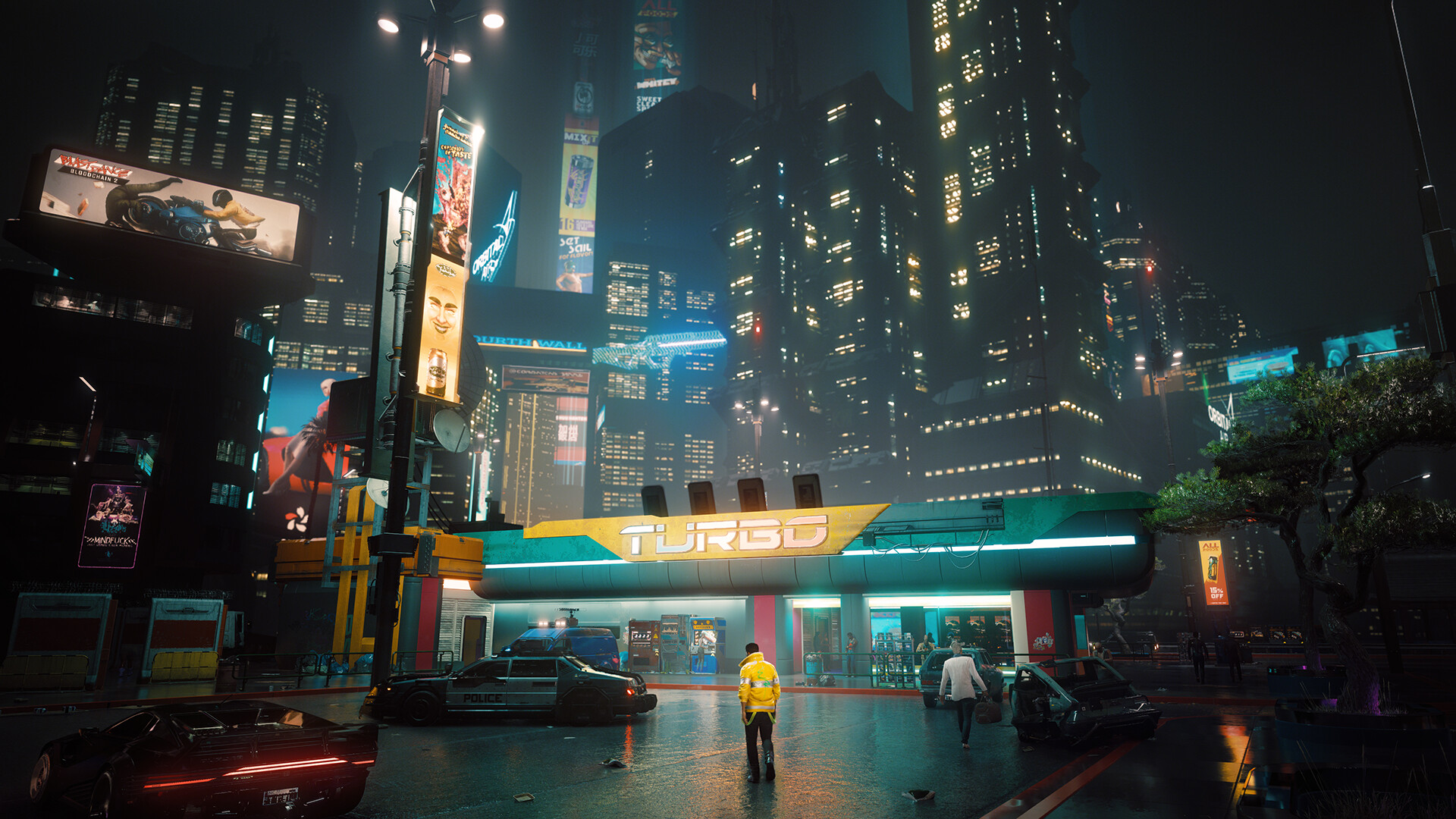The Blair Witch Project (1999) did not just introduce the world to a new paradigm of horror filmmaking; it quietly, and with profound genius, revolutionized the role of sound and music in cinematic terror. Its score, composed by Antonio Cora, is an anomaly. It is not a traditional orchestral arrangement that swells to cue emotional responses or punctuates jump scares. Instead, it is a sonic tapestry woven from the very fabric of the film’s found-footage aesthetic—a disembodied, atmospheric, and deeply psychological force that is arguably more frightening than the unseen witch herself. The adaptation of musical principles into this new, vérité format represents a masterclass in auditory manipulation, proving that what we don’t see is terrifying, but what we hear in the darkness of our own minds is utterly paralyzing.
The genius of the film’s soundscape lies in its seamless ambiguity. The line between diagetic sound (originating from within the film’s world) and non-diagegetic score (external, traditional music) is deliberately and brilliantly blurred. This creates a pervasive sense of uncertainty that mirrors the characters’ deteriorating mental state. Consider the most iconic sonic element: the cacophony of children’s voices and guttural noises that echo through the woods at night. Are these the tormented cries of the witch’s victims, heard by Heather, Mike, and Josh? Or are they a non-literal, compositional element meant for our ears only, representing their internal fear and the forest’s malevolent history? The film refuses to answer. This ambiguity weaponizes the audience’s imagination, forcing us to become active participants in the horror. We are not being told to be scared by a ominous cello; we are listening intently, alongside the characters, trying to decipher if the rustle of leaves is the wind or something stalking just beyond the frame.
Cora’s approach is one of minimalism and texture rather than melody. He employs a palette of avant-garde techniques: atonal drones, metallic percussion, distorted field recordings, and sparse, haunting piano notes that feel less like a composed piece and more like a disturbing auditory hallucination. These sounds don’t accompany the horror; they are the horror. They emanate from the environment itself, transforming the Maryland woods from a simple location into a sentient, antagonistic entity. The sound design becomes the score. The crunch of footsteps on dry leaves, the heavy panting of the terrified filmmakers, the stark silence broken only by the erratic beep of the 16mm camera—all these elements are rhythmically orchestrated to build a relentless tension. The infamous ending, in which Mike stands facing the corner, is a crescendo of this auditory dread. The sound of Heather’s screams, the thud of the camera hitting the floor, and then the abrupt, deafening silence is more horrifying than any monster reveal could ever be. The score doesn’t provide closure; it terminates, leaving a terrifying sonic void.

This innovative approach posed a unique challenge: how to adapt a score that is so intrinsically tied to its visual medium? The answer lies not in replication, but in translation—capturing the same core philosophy of psychological unease through auditory means alone. A purely musical adaptation of The Blair Witch Project could not simply be a collection of spooky sounds; it would need to function as a self-contained narrative, a journey into madness told through headphones.
An effective "Blair Witch Score" for standalone listening would be a work of dark ambient or sound art. It would forego traditional song structures in favor of long, evolving soundscapes. It might begin with the familiar, yet unsettling, sounds of the documentary’s inception: the whir of a film camera, snippets of interviews in Burkittsville, the naive and optimistic chatter of the three students. This establishes a false sense of normalcy, a sonic anchor point from which to descend.
As the album progresses, the familiar would slowly curdle. Field recordings of the forest would become increasingly manipulated. The sound of wind through trees would be layered with faint, almost imperceptible whispers. The crunch of footsteps would gradually develop an echo, suggesting something following just out of sync. Deep, sub-bass frequencies would be introduced, a visceral feeling of dread felt more than heard. The middle sections would embrace the full force of the film’s nocturnal terror. Tracks would build around those iconic, chaotic childlike voices and guttural screams, panning them across the stereo field to create a disorienting, 360-degree sense of being surrounded. Moments of sheer, abrasive noise—representing the loss of all control—would give way to stretches of near-total silence, broken only by a single, unnerving sound like a stick figure rattling or a rock tumbling down a wall.
The conclusion of this auditory experience would mirror the film’s masterful final moments. All environmental sound would drop away, leaving only a low, sustained drone and the sound of ragged breathing. Then, a sudden, sharp noise—a final, shocking event—followed by absolute, profound silence. This silence is the album’s true finale, a void for the listener to project their own deepest fears into.
In conclusion, the sonic world of The Blair Witch Project is its enduring legacy. Antonio Cora’s "score" demonstrated that true horror is not about what is presented, but what is suggested. It is a masterpiece of auditory psychology. A dedicated adaptation of this score into a standalone album would be more than a soundtrack; it would be an immersive, narrative sound experience that honors the film’s revolutionary spirit. It would prove that the most terrifying forest is not the one on the screen, but the one grown from the seeds of sound in the dark soil of the listener’s mind. The witch’s greatest trick was never being seen; her power was in the sounds she left behind for us to drive ourselves mad with.














